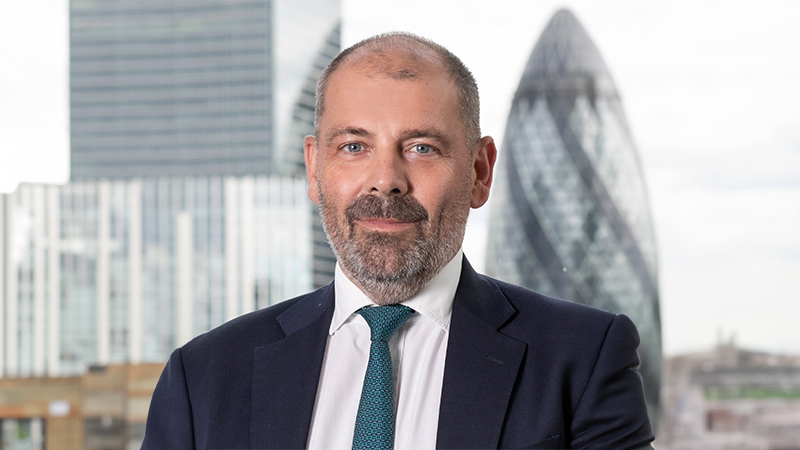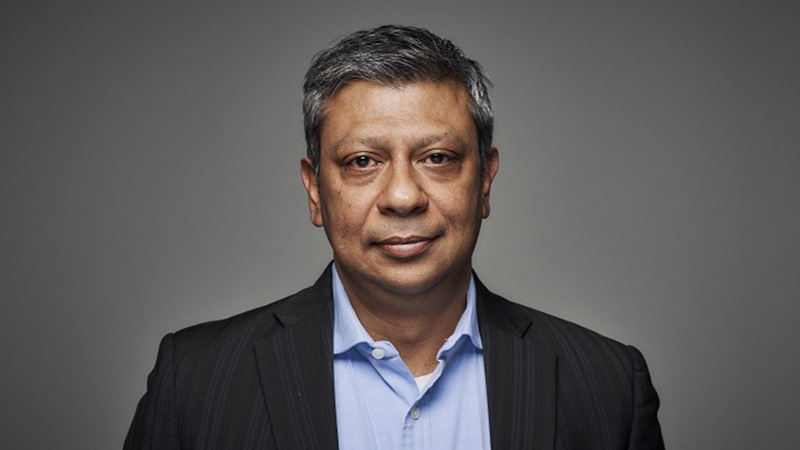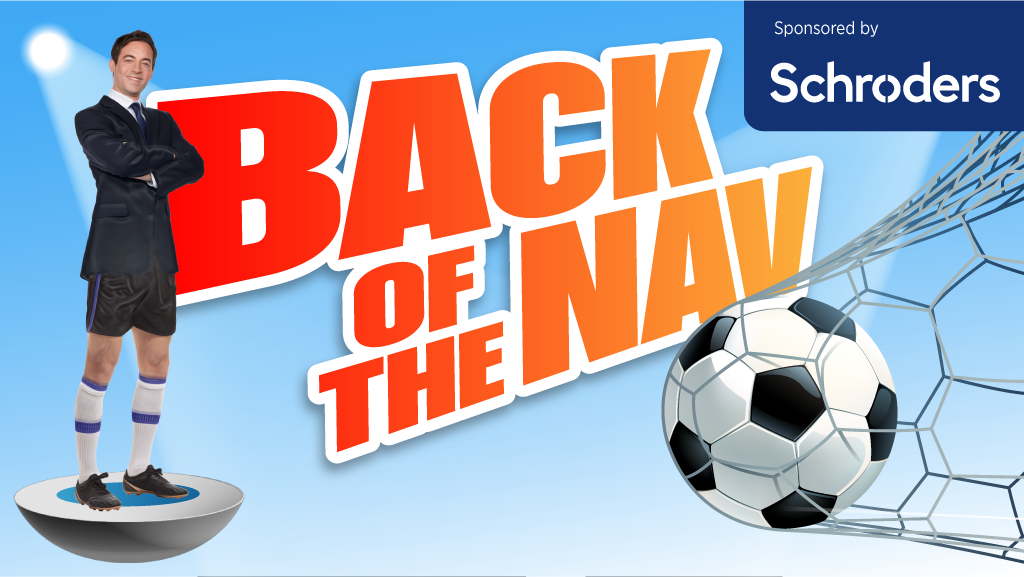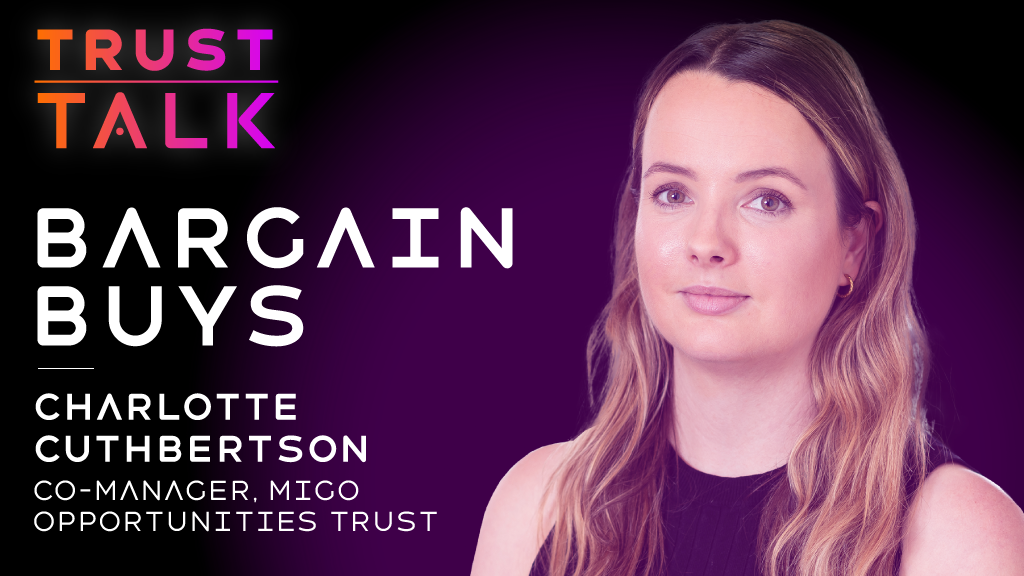Q: Vanguard is well known for being a passive manager, what is your history in active management?
Madison McCall (MM): While Vanguard has become synonymous with passive funds for some investors, we also do a huge amount in the active space. Vanguard was founded in 1975, and I would go as far to say our origin was really in active management, with the group’s first 11 funds being active. In our 49-year history we have been offering active funds to investors the entire time. Today, Vanguard is one of the world’s largest active managers, running $1.8trn globally, which shows how big we are in both the active and passive spaces.
Q: What is the argument for going active?
Andrew Surrey (AS): Of course, it’s an optional choice for investors. You can achieve nearly all your investment goals without going active, but the most common reason to go active for investors is trying to achieve outperformance, and therefore reaching your investment goals quicker than using passive funds.
Outside of performance, other factors for going active could be around matching specific liabilities, or if investors want to avoid, or underweight, certain ESG risks. In these cases, they might feel going active is a better way to implement that view.
However, married with these factors is the willingness investors must have when they opt to go active to tolerate periods of underperformance and the ability to be patient. A fundamental feature of even the very best active managers is they will have periods in which their style or approach goes out of favour.
At a high level, investing is a zero-sum game, which is why costs are important, and at the same time it is tough to beat broad-based indices. Vanguard’s job is to identify the top talent, access that talent at a reasonable cost and then be patient.
Q: What is the zero-sum game and how does Vanguard go about beating it?
MM: When you think about the zero-sum game, which is often cited in game theory, in its simplest form it is the scenario where one party’s gain is another’s loss. Applying this to active management, what is one investor’s gain is another investor’s loss. This is the concept we are trying to bring to life.
When we think about what we can do to try and beat this zero-sum game in active management, there are a couple of things we really focus on at Vanguard to help give us an edge. The first is our culture of patience. The average relationship, or holding period, we have with the active managers who run money for us is over 15 years.
We do not look to make quick changes, and we think this is a real differentiator to our peers. If you make alterations too quickly it can inadvertently lead you to buying high and selling low, and that doesn’t really unlock the best value. Moving beyond this, our focus is on identifying top talent, but at the low cost that Vanguard is known for.
Lastly, in terms of unlocking value and winning the zero-sum game, we focus on what we call ‘mosaic’. There is no one magic metric that is going to get us the win, instead we go back to our rigorous process of selecting active managers. This is focused on three key drivers: people, philosophy and process. Each of these pieces in the mosaic increases our marginal chance of outperformance in active.
AS: There is a humility in knowing there is no secret financial metric to measure something against. Instead, it simply comes down to lots of hard work. Our edge, as it were, in beating the zero-sum game comes down to culture and the fact we are not trying to find any shortcuts.
Q: How many active strategies does Vanguard manage in the UK and how are they structured?
AS: The bar to be a Vanguard active fund is very high. We do not look to launch products in every single sector and every corner of the investment universe. For UK investors, today we offer 10 active strategies – spanning equities, multi-asset and fixed income – and when you add up the assets under management within these they total about $7bn. We think this is a healthy amount, and we are one of the few firms that is bucking the overall trend of active funds suffering outflows, with inflows totalling about $1.5bn in the past 12 months or so.
So, while as a group we are known best for our market-leading index products and capabilities, many advisers and discretionary fund managers are now realising the way we manage active portfolios can be very helpful for them and their client portfolios. This has taken a bit of time for the market to notice and understand, as we launched our first four active funds here in 2016.
Looking at the range, of the 10 funds two are active fixed-income mandates. We have been running active fixed-income funds for 35 years and are now one of the largest managers of active fixed-income funds in the world. The other eight funds are sub-advised to five world-class fund management firms. Vanguard is the largest buyer of active funds in the world and we feel we have unique access to a vast pool of talent.
For example, our oldest investment partner, Wellington Investment Management, runs three active multi-asset funds within the range. We also manage five active equity funds, where we have selected Baillie Gifford, Schroders, Wellington and Pzena, to manage the mandates alongside our internal Quantitative Equity Group (QEG).
Q: What are some of the most important factors to consider when selecting these active managers?
MM: Fees are a very important factor as they obviously affect top-line returns, so keeping them low will help more profit return to our investors. While we do this on the passive side at Vanguard, it’s also super important on the active front.
Secondly, it’s about maintaining a long-term focus and being patient, namely understanding active strategies do go through periods of underperformance, and then thirdly, it comes down to balance.
At Vanguard, as mentioned, we have some single-manager active strategies and some multi-manager strategies. The aim when selecting managers is to blend managers together and think about combining complementary styles to create a smoother ride for our investors. Essentially, we pick managers who approach the same puzzle in different ways, so when one is underperforming the other should be outperforming.
AS: A real-life example is Baillie Gifford, who most will know is very much a growth manager. For many years this investment style had an incredible tailwind, while most recently it has been hit with a headwind. As a result, we are looking to find a manager who is the opposite to Baillie Gifford and blend them together to smooth returns. This is why within emerging markets we choose Pzena, who are deep-value managers and think of the world in distinct yet complementary ways to Baillie Gifford. We don’t want investing to be emotional, because when emotions get in the way it can lead to bigger mistakes. In terms of the end manager selection, while the average manager tenure is 15 years, the Vanguard oversight and manager search team interviews more than 200 prospective fund managers a year, so we are not standing still and it shows the bar to be a Vanguard active manager is very high.
Q: How have the funds performed since inception?
AS: If you look over the past 10 years at the 94 active funds we manage globally that have 10-year track records, 84 are outperforming their peer group average. So doing the easy maths, nine of 10 Vanguard active funds have outperformed their peer group average.
Turning to the UK, of course some of the funds have slightly shorter track records, but the ratio remains the same, with again nine out 10 outperforming their Investment Association (IA) peer group averages since inception. At the same time, eight of 10 are top-quartile since inception.
This consistency is something we are very proud of and it is the result of the principles we look for, which are assessing the firm, the philosophy and the process and making sure all of these are enduring.
Q: There is often an argument about going active or passive, is it a case of both?
MM: It’s true that active and passive can certainly work together as a complement in a portfolio. It all comes down to different investor preferences, goals and risk tolerances, but absolutely there are some investors who can be served by having both styles at their fingertips. Our focus is on what can achieve the best chance of success for investors, whether it’s in the passive or active space, and as we have highlighted it comes down to keeping costs low, finding the best talent and then staying the course over time. All this combined together, paints a nice picture for many investors.
